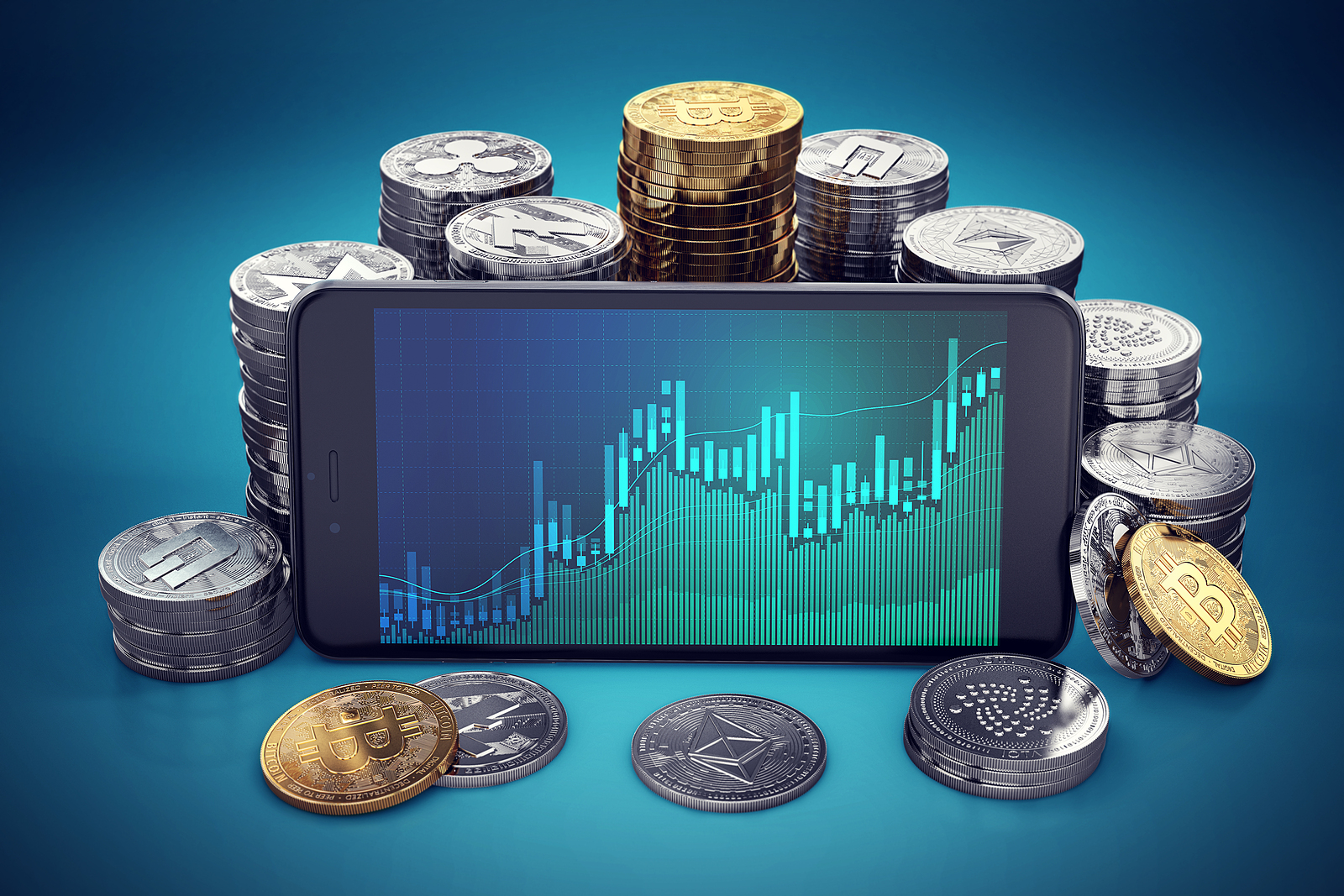Guide
How Technology Has Failed Modern Relationships
Twenty years ago, online dating promised to solve the fundamental problem of meeting compatible partners. The pitch was straightforward: technology would expand your pool of potential matches beyond your immediate social circle, use data to improve compatibility, and remove the awkwardness of approaching strangers in person. Instead, we’ve ended up with a system where 46% of U.S. adults who have tried dating apps describe their experiences as negative, according to Pew Research Center’s February 2024 survey, while only 16% call them positive. The technology that was supposed to make finding love easier has instead created new forms of rejection, harassment, and emotional exhaustion that didn’t exist before smartphones put dating in our pockets.
The Numbers Tell a Story of Widespread Dissatisfaction
Women bear the brunt of dating app failures. Pew Research Center found that 55% of female users report negative experiences, compared to 38% of men. Nearly half of women aged 18 to 34 say they’ve been overwhelmed by messages or unwanted attention, with many citing inappropriate behavior as the reason they deleted their profiles. The harassment problem runs deeper than occasional bad behavior. According to the same Pew data from 2024, 37% of female dating app users have received unsolicited explicit images, and 29% have been stalked or contacted persistently after expressing disinterest. For LGBTQ+ users, harassment rates climb to 42%.
A Statista survey of over 900 U.S. users in December 2024 identified the main frustrations: ghosting, deceptive profiles, and feeling reduced to surface-level traits. These problems have created what researchers now call dating fatigue, a form of mental exhaustion specific to app-based courtship.
When Preferences Become Performance Metrics
Dating apps have turned personal preferences into searchable categories, where users can filter by height, education level, or income bracket. This systematic categorization means someone looking for a sugar daddy can specify age ranges and lifestyle markers, while others might search for athletes, entrepreneurs, or artists based on preset tags. The problem lies in how these filters reduce people to checkbox criteria, encouraging users to shop for partners the way they would browse apartment listings or compare restaurant reviews on Yelp.
The algorithmic sorting that powers these platforms tends to reward certain profiles over others, creating a feedback loop where popular users get more visibility while others languish unseen. A 2025 study in Computers in Human Behavior found that dating app algorithms privilege conventionally attractive or high-earning profiles, leading to user stratification and self-reported lower self-worth among those frequently ignored. This system has produced a dating culture where 54% of users admit to ghosting someone in the past year, according to Match.com’s August 2025 survey, treating potential partners as interchangeable options rather than people worth basic courtesy.
Young Users Report the Highest Burnout Rates
Generation Z faces particular struggles with dating technology. Forbes Health reported in March 2025 that 79% of Gen Z dating app users feel burnt out by the process. The promise of unlimited choice has created anxiety and decision fatigue instead of romantic opportunities. Repeated disappointments from excessive swiping have left young daters questioning the value of continuing to use these platforms.
The mental health impacts extend beyond temporary frustration. The American Psychological Association’s May 2025 report found that 52% of active dating app users link their app use directly to lower self-esteem, with rejection, ghosting, and repeated disappointment as primary causes. Women and LGBTQ+ users face worse outcomes, with 61% of LGBTQ+ online daters and 59% of female users reporting anxiety or worsened body image as lasting effects of app-based dating.
Loneliness Persists Despite Increased Connectivity
Dating apps promised to connect people, but loneliness remains widespread among users. A Sapien Labs survey from 2024, cited by both the World Economic Forum and Harvard Gazette, found that regular online daters report more persistent feelings of emotional loneliness than the general population. Among frequent dating app users in their twenties, 63% describe themselves as often or always lonely, compared to 48% of their peers who date offline.
This paradox of connection without closeness points to a fundamental flaw in how dating apps structure human interaction. The platforms excel at creating initial contact but fail to foster the conditions necessary for meaningful relationships to develop.
Financial Exploitation Through Romance Scams and Paywalls
The Federal Trade Commission’s 2025 annual consumer complaint summary revealed that romance scams originating from dating apps led to $1.6 billion in reported losses during the previous year, an 18% increase from 2023. Men over 60 represent the fastest-growing demographic among scam victims, particularly those seeking companionship after bereavement or retirement.
Beyond outright scams, the apps themselves have adopted monetization strategies that users find manipulative. Business Insider reported in July 2025 that 32% of users believe paywalls and boost features artificially limit genuine interactions, pressuring people to spend money for better matches. Tinder, Bumble, and Hinge have all introduced expensive premium tiers, but user testimonies collected by The Guardian in October 2025 show growing frustration with the lack of transparency about how paid features affect message visibility or match quality.
The Failed Promise of Alternative Platforms
Newer apps like Thursday and Snack marketed themselves as solutions to the problems of swipe-based platforms. Bloomberg reported in April 2025 that these alternatives saw high initial uptake but face similar patterns of rapid user churn and dissatisfaction. Company statements to TechCrunch confirm that harassment, overwhelming match volume, and scams continue to plague these newer platforms.
The New York Times and BBC News documented in 2025 a movement among millennials and Gen Z toward private, niche, or event-based dating solutions. User interviews reveal that these newer tools still suffer from familiar problems including fatigue, harassment, and superficial interactions. The persistence of these issues across different platform types suggests the problems are systemic to the model of technology-mediated dating rather than specific to any particular app’s design.
Relationship Formation Has Stagnated
The National Center for Health Statistics reported in 2025 that while more couples now meet online than offline, the percentage progressing to marriage or cohabitation within two years has stagnated since 2019. The rate was lower for users relying exclusively on apps compared to those who combined in-person and online methods.
The Washington Post’s September 2025 coverage highlighted how the commodification of people through swipe-based judgments has made users more cynical about relationships and more likely to treat others as disposable. This cultural change extends beyond the apps themselves, affecting how people approach dating and relationships more broadly. The technology hasn’t solved the problem of finding compatible partners; it has created new barriers to forming lasting connections while amplifying existing social inequalities and biases.
Conclusion
Technology promised to revolutionize dating, but in many ways, it has deepened the divide between connection and fulfillment. While apps have made it easier to meet new people, they have also normalized disposability, eroded emotional intimacy, and reinforced superficial values. What was once meant to bring people closer now often leaves users feeling lonelier, more anxious, and less hopeful about love.
The data from 2024 and 2025 paints a clear picture: online dating is no longer an exciting innovation but an exhausting routine for millions. The convenience of swiping has replaced genuine effort, while algorithms have replaced intuition. Authentic human connection—built on patience, empathy, and vulnerability—cannot be replicated by code or filtered through monetized algorithms.
If technology is to serve love rather than diminish it, it must evolve beyond endless optimization. The future of dating should focus on creating meaningful interaction rather than maximizing engagement metrics. Until then, users must remember that genuine relationships cannot be engineered; they must be experienced—with authenticity, respect, and emotional presence that no app can manufacture.











